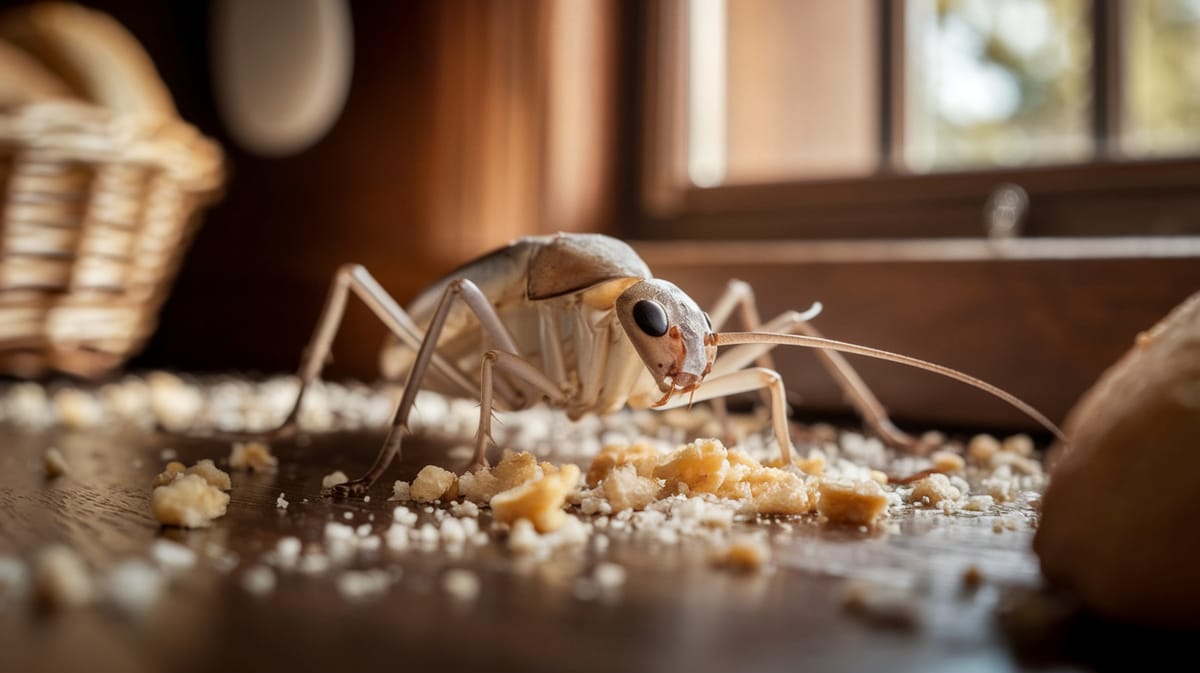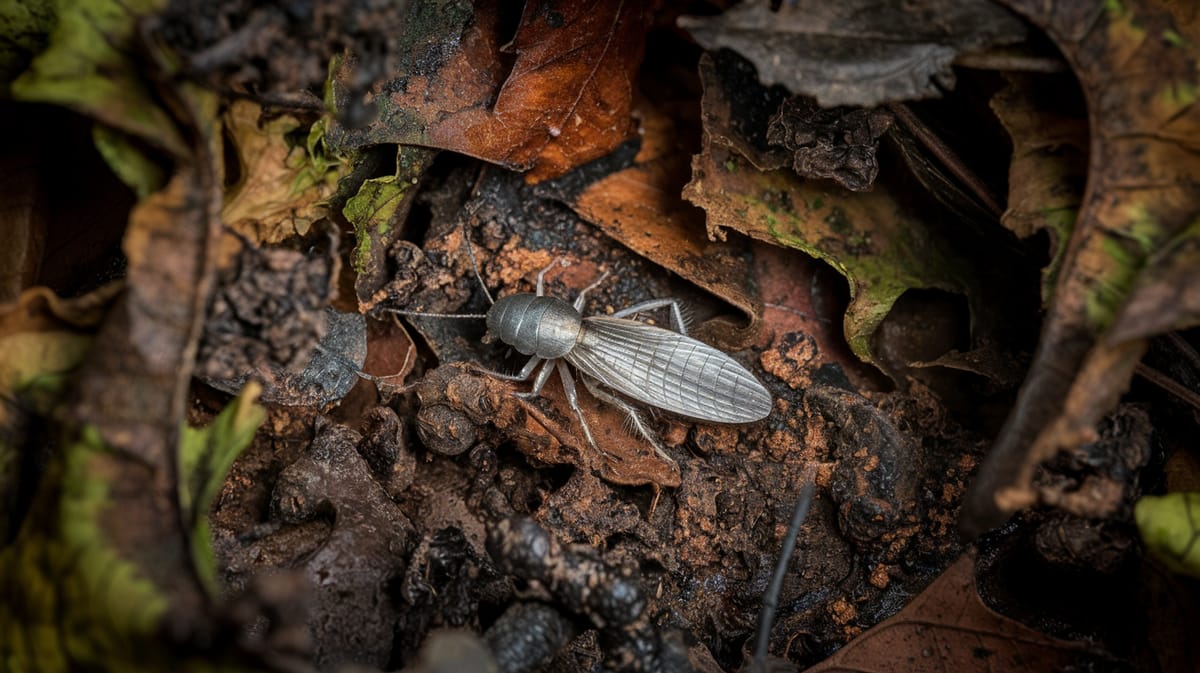Silverfish
Sleek and elusive, the Silverfish thrives in damp, dark environments, feeding on starch-rich materials. Known for its swift, fish-like movements, it plays a key role in natural decomposition.

Key Insights at a Glance
Did You Know?
Taxonomy & Classification
Silverfish are ancient, wingless insects with unique scales and quick, fish-like movements, thriving in moist environments. Let's understand the evolutionary journey and classification of these remarkable Decomposers.
Global Distribution
Silverfish are found on every continent except Antarctica, adapting to diverse environments from humid bathrooms to arid deserts.
Ancient Survivors
Dating back over 400 million years, silverfish have survived multiple mass extinctions, maintaining primitive characteristics ideal for their scavenging lifestyle.
Lifecycle and Growth
A remarkable journey of transformation from Egg to Adult.
Egg
Silverfish eggs are laid in small batches, often hidden in crevices, ensuring a safe environment for development.
Nymph
Emerging as wingless, smaller versions of adults, nymphs molt up to 50 times, gradually growing and developing scales.
Adult
Adult silverfish are nocturnal, feeding on carbohydrates like paper and clothing, and engaging in occasional mating.
Dietary Habits
A nocturnal feeder with a penchant for starchy substances, it targets carbohydrates and proteins in household environments.
| DIET TYPE | DESCRIPTION |
|---|---|
| Primary Diet | Primarily eats paper, book bindings, glue, and textiles, thriving on carbohydrates and proteins. |
| Secondary Diet | Occasionally consumes dead insects, shedding skins, and other organic debris found indoors. |
| Occasional | Feeds on sugary foods and mold when other preferred food sources are scarce or unavailable. |

Behaviour and Adaptations
Discover the fascinating traits and adaptations of the Silverfish, a master of survival and resilience.
Dehydration Resistance
Silverfish can survive in arid environments, requiring very little moisture.
Nocturnal Activity
Active mainly at night to avoid predators and conserve energy.
Flexible Diet
Consumes a wide range of materials, from paper to clothing fibers.
Ecosystem Impact
Silverfish play a vital role in maintaining ecological balance through their unique contributions.
Decomposer Duty
Silverfish help break down organic matter, recycling nutrients back into the soil.
Food Source for Predators
They serve as prey for various animals, supporting local food chains.
Microhabitat Maintenance
Contributes to the health of microhabitats by consuming fungus and mold.
Conservation Challenges
Understanding and addressing key threats to Silverfish populations.
Chemical Exposure
Use of insecticides disrupts Silverfish habitats and food sources.
Habitat Loss
Urban development removes essential environments for Silverfish survival.
Climate Change
Altered temperatures and humidity levels threaten Silverfish breeding.
Frequently Asked Questions
How long do Silverfish live?
Silverfish typically live around two to eight years. Their lifespan can vary based on environmental conditions such as humidity and temperature. These insects can survive long periods without food, which contributes to their longevity.
What do Silverfish eat?
Silverfish feed on starchy materials and proteins. They often consume paper, glue, book bindings, silk, and even dead insects. Their preference for carbohydrates makes them common pests in homes with paper or fabric materials.
Are Silverfish poisonous?
Silverfish are not poisonous. They do not carry diseases or pose direct health threats to humans. However, they can cause damage to household items by feeding on materials like paper and fabric.
Are Silverfish endangered?
Silverfish are not considered endangered. They are widespread and adaptable, thriving in a variety of indoor environments. Their ability to find food sources and survive in diverse conditions helps maintain their population.
What do Silverfish symbolize?
Silverfish often symbolize resilience and adaptability due to their long lifespan and ability to survive in harsh conditions. In some cultures, they are associated with destruction and decay because of the damage they can cause to books and papers.
Do Silverfish bite?
Silverfish do not bite humans. They lack the mouthparts needed to pierce skin. Their feeding habits are limited to materials like paper and fabrics, which they can chew with their mandibles.
What color are Silverfish?
Silverfish are typically silver or gray. Their name comes from their metallic sheen and fish-like shape. The scales covering their bodies give them a shiny appearance, which helps them blend into their surroundings.
Does a Silverfish have wings?
Silverfish do not have wings. They are flightless insects and rely on their quick, wriggling movements to escape predators or move around. Their bodies are flat and elongated, aiding in their swift movement.
What does a Silverfish look like?
Silverfish have elongated, teardrop-shaped bodies covered in shiny, silvery scales. They have long antennae and three bristle-like appendages at the rear. Their appearance resembles a small fish, contributing to their name.
Is a Silverfish an insect?
Yes, a Silverfish is an insect. It belongs to the order Zygentoma, characterized by wingless bodies and three long tail-like appendages. Silverfish are primitive insects, having existed for millions of years.
Related Insects
Discover insects with similar characteristics to Silverfish - including shared habitats, diets, and taxonomic classifications
Share this profile
Help others discover Silverfish
